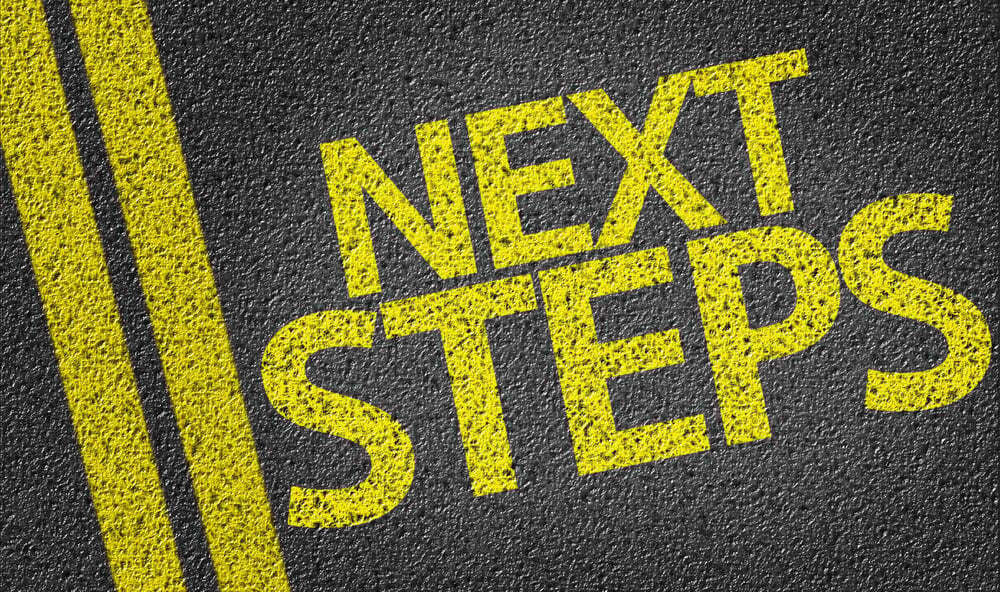
The Holy Grail of learning and development: Becoming a learning culture
In this article we will take a quick look at the difference between a learning organisation and culture, and how behavioural psychology is a powerful tool to have in your belt.
The terms 'learning organisation' popularised in the 1990s, and more recently 'learning culture', have become a kind of Holy Grail in the learning and development (L&D) sector because of the gold standard they set for L&D excellence. For anyone looking at joining the quest, or for those of you already on the path who may be looking for tools to help, read on...
What is a learning organisation?
The term and definition of 'learning organisation' was first coined by Peter Senge in his book The Fifth Discipline: The Art and Practice of the Learning Organisation, first published in 1990.
Senge defined it as an organisation "where people continually expand their capacity to create the results they truly desire, where new and expansive patterns of thinking are nurtured, where collective aspiration is set free, and where people are continually learning how to learn together." He broke it down in to 5 disciplines:
- "Personal mastery is a discipline of continually clarifying and deepening our personal vision, of focusing our energies, of developing patience, and of seeing reality objectively."
- "Mental models are deeply ingrained assumptions, generalizations, or even pictures of images that influence how we understand the world and how we take action."
- "Building shared vision is a practice of unearthing shared pictures of the future that foster genuine commitment and enrolment rather than compliance."
- "Team learning starts with 'dialogue', the capacity of members of a team to suspend assumptions and enter into genuine 'thinking together'."
- “Systems thinking – the fifth discipline that integrates the other four.”
However, Senge's definition has been criticised as too idyllic to be applicable.
David A. Garvin, former Harvard Business Professor redefined a learning organisation as "an organization skilled at creating, acquiring, and transferring knowledge, and at modifying its behavior to reflect new knowledge and insights." (Harvard Business Review article: Building a Learning Organization.) Garvin broke it down in to 5 activities that he felt were more actionable than Senge's 5 disciplines:
- Systematic problem solving
- Experimentation
- Learning from past experience
- Learning from others
- Transferring knowledge
- Which of the two lists do you find more helpful?
What then, is a learning culture?
'Culture' can be defined as the set of shared attitudes, values, goals, and practices that characterizes an institution or organization (Merriam Webster).
Culture is therefore something that describes the intrinsic characteristics shared by people within an organization rather than extrinsic compliance to a vision statement or policy.
People create cultures when they are inspired, see the value for themselves, their colleagues and the organization.
From Emerald Works' research paper Back To The Future: Why Tomorrow's Workforce Need A Learning Culture (2020)
We could therefore define the relationship between a learning organisation and a learning culture as:
A Learning Organisation is intentionally created through practices and systems. A Learning Culture is what naturally emerges when the people in an organisation collectively own the attitudes, values, goals and practices of a lifestyle of learning and development. People adopt these freely because they are inspired and see the value of learning for themselves, their colleagues and their organisation.
Here is a motivating fact for those working in business, which Emerald Works' research of over 8,500 organisations worldwide revealed in their report:
Learning leaders with high-impact learning cultures are 10 times more likely to have sustainable impact on the four critical levers of business: growth, transformation, productivity and profitability
(ibid)
It is no wonder that successfully building a learning culture is called the Holy Grail of the L&D sector.
How can behavioural profiling help inspire a learning culture?
Since a true learning culture cannot be simply imposed from above but emerges when people are inspired by the tools and contexts we give them in our Learning Organisation, then the better we tailor our learning programmes to their learning styles and working preferences the greater the likelihood a learning culture will emerge. Delivering learning according to a person’s personal preferences increases the likelihood of inspiring genuine commitment rather than merely compliance.
Identifying working preferences with behavioural profiling
Behavioural profiling identifies preferences, specifically a person's motivations and preferred ways of working.
Instead of focussing on personality, which is relatively consistent over our lifetime, behavioural profiling focusses on behaviour, which does change and develop as we learn to adapt to different circumstances and understand what behaviours are necessary for success. We could call this our 'conscious behaviour', because we consciously adapt according to the need.
However, there are underlying preferred behaviours which are much more consistent over our lifetime, and these are a person's 'less conscious behaviour'. When do we get to see these underlying behaviours? Under stress, because we no longer have the capacity to modify ourselves for others, and when we are at rest, because we have no need to modify our behaviour for others when we feel 'safe'.
Here is a diagram illustrating a range of psychometric behavioural preferences and how they can be grouped around a wheel - to exemplify that we are all on a sliding scale – and around which we can move.

Can you identify your own working preferences in your work context?
If you already use a behavioural profiling tool, you know that the knowledge it provides is powerful for an individual in not only understanding themselves and their own working preferences, but also those of others, especially within their working teams, thus having a positive impact on team cohesion. This knowledge is also highly beneficial to team dynamics and communication, avoiding conflict, stress management, leadership approaches, employee engagement, and much more.
Not all behavioural profiling tools are equal though. See our article ‘5 Questions to Ask When Choosing a Psychometric Profiling Tool’ for more on this.
How are behavioural preferences and learning styles related?
For the sake of brevity let us take four traditional learning styles: visual, auditory, read/write, kinaesthetic. It is established practice that all four approaches should be included in learning programmes because we all utilise all of them in some way but in a different combination - we are complex individuals, and we exhibit a combination of learning styles.
Learning styles are not the only preferences we need to cater for when developing learn or training and development. Behavioural preferences will have an impact on how a person will engage in their learning styles.
For example, two individuals with the same preferred reading/writing learning style, but opposed behavioural preferences, may approach learning differently. A logical and analytical approach to reading/writing may look vastly different to the opposite behavioural preference – a spontaneous and non-linear approach. One may benefit from an internal, systematic writing task, like an essay, whereas the other may wish to externally process what they are learning from their reading with others, and may struggle with linear writing assignments.
How can C-me help?
We specialise in helping individuals understand their psychological preferences and how those preferences drive aspects of their behaviour; then use this knowledge to recognise those same elements in others. This can then be used to enable individuals to adapt their behaviour to improve relationships and drive business performance. We use psychometric profiling to gather data and reflect back to you information on how you, your team, and your organisation as a whole, prefer to work and achieve your goals.
We are here to help you build a Learning Organisation that inspires a Learning Culture. To find out more, book a demo with one of our team.
C-me: One platform with multiple applications





